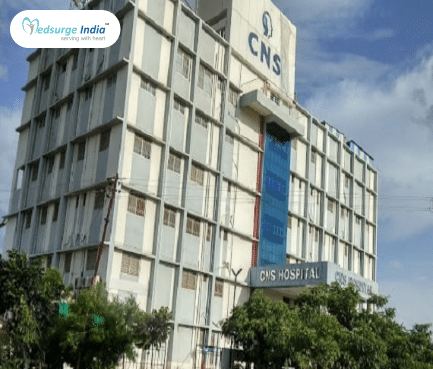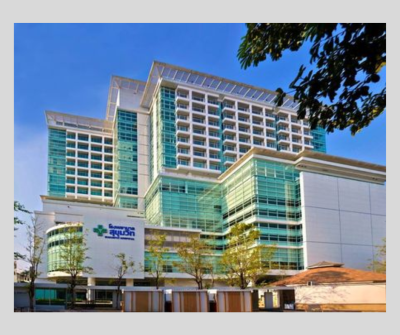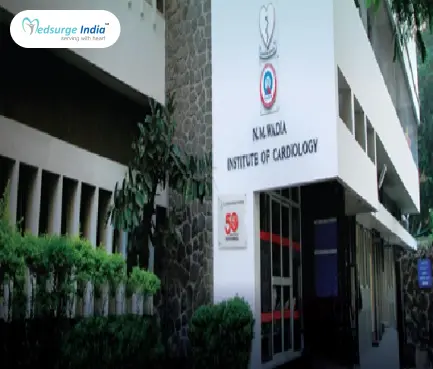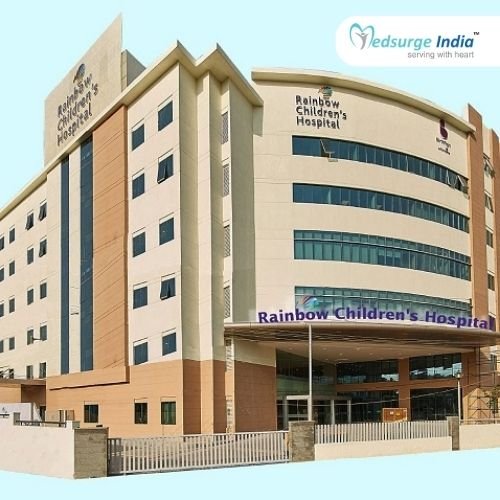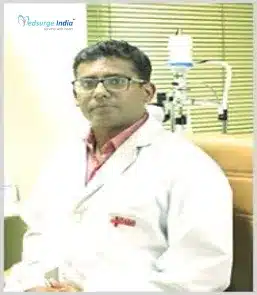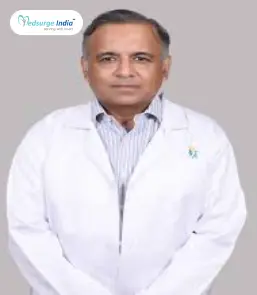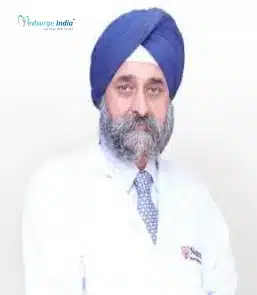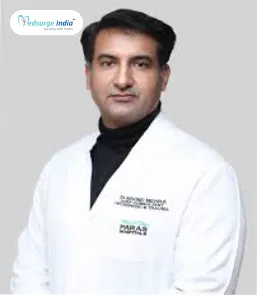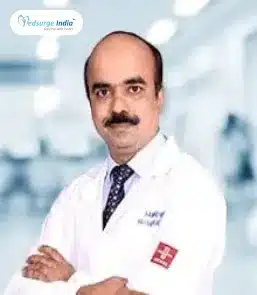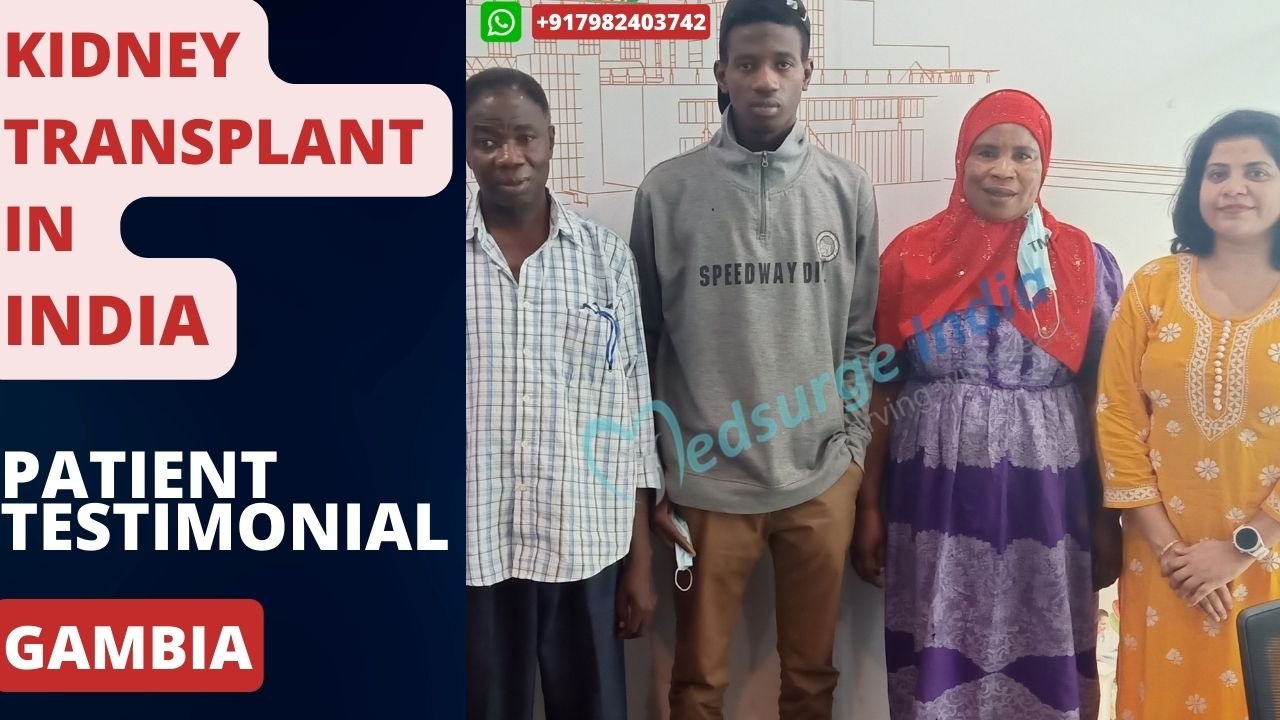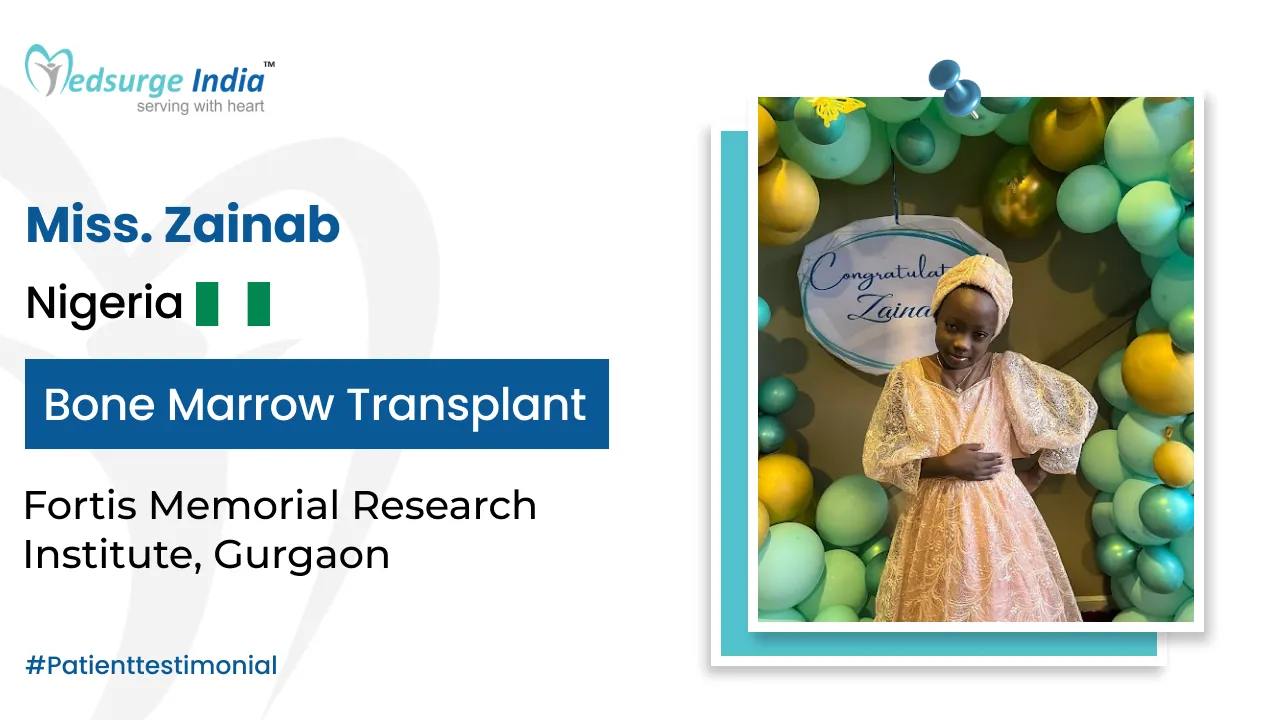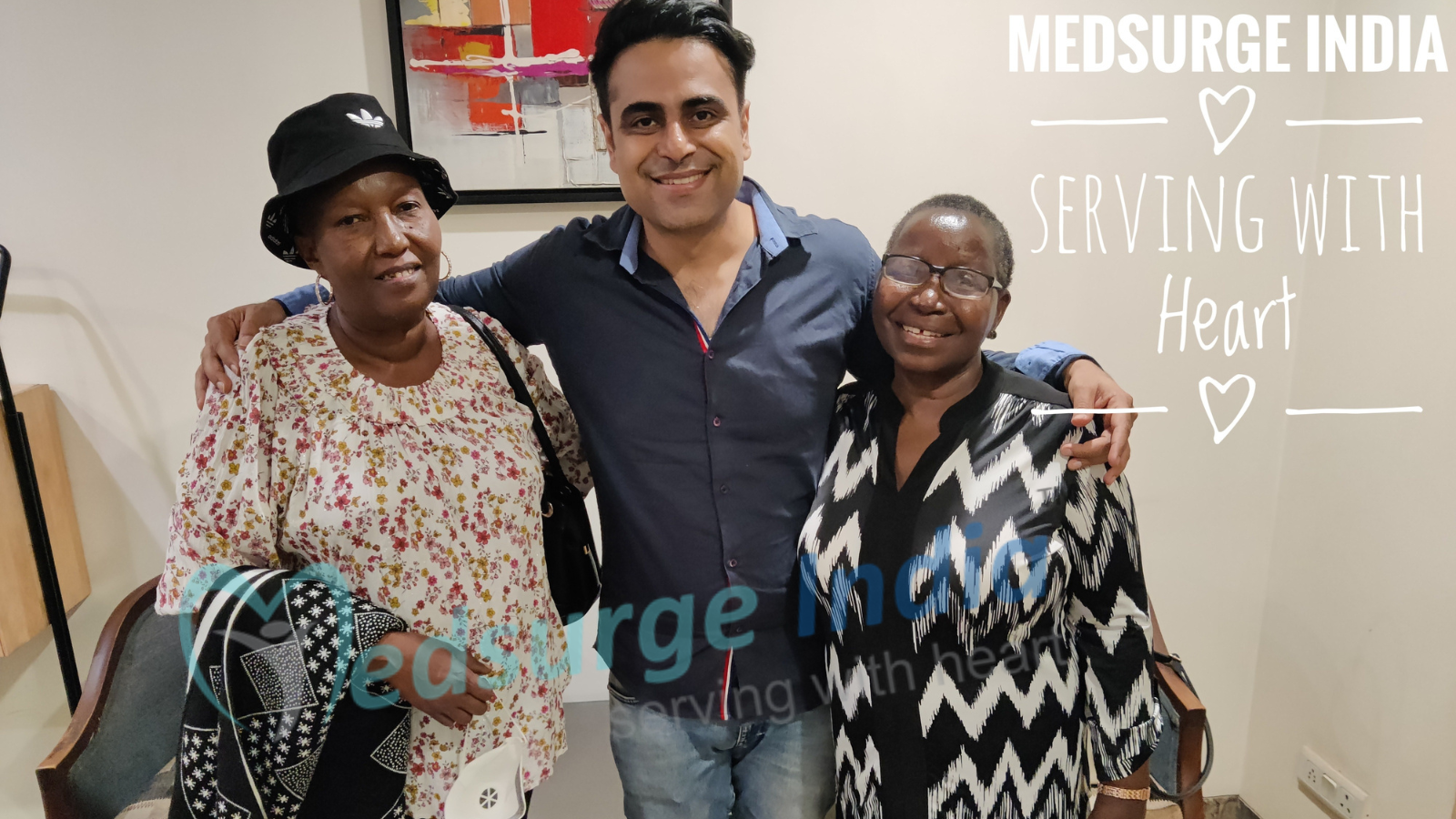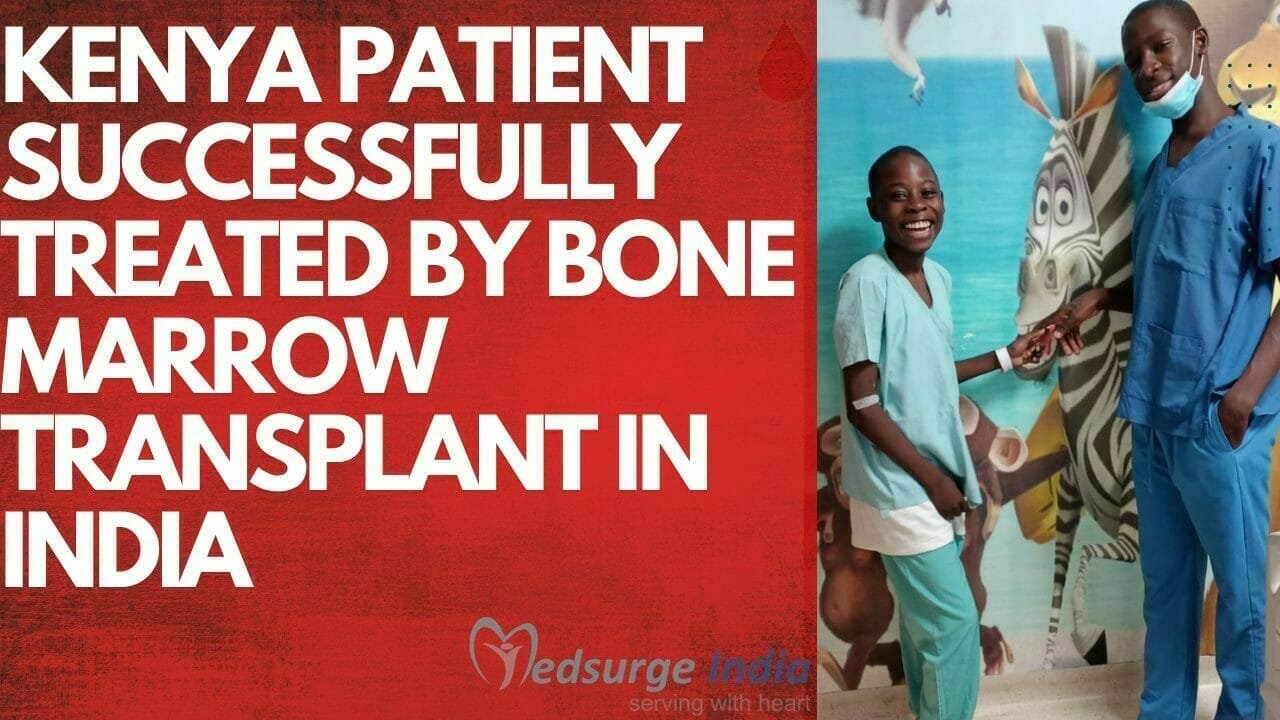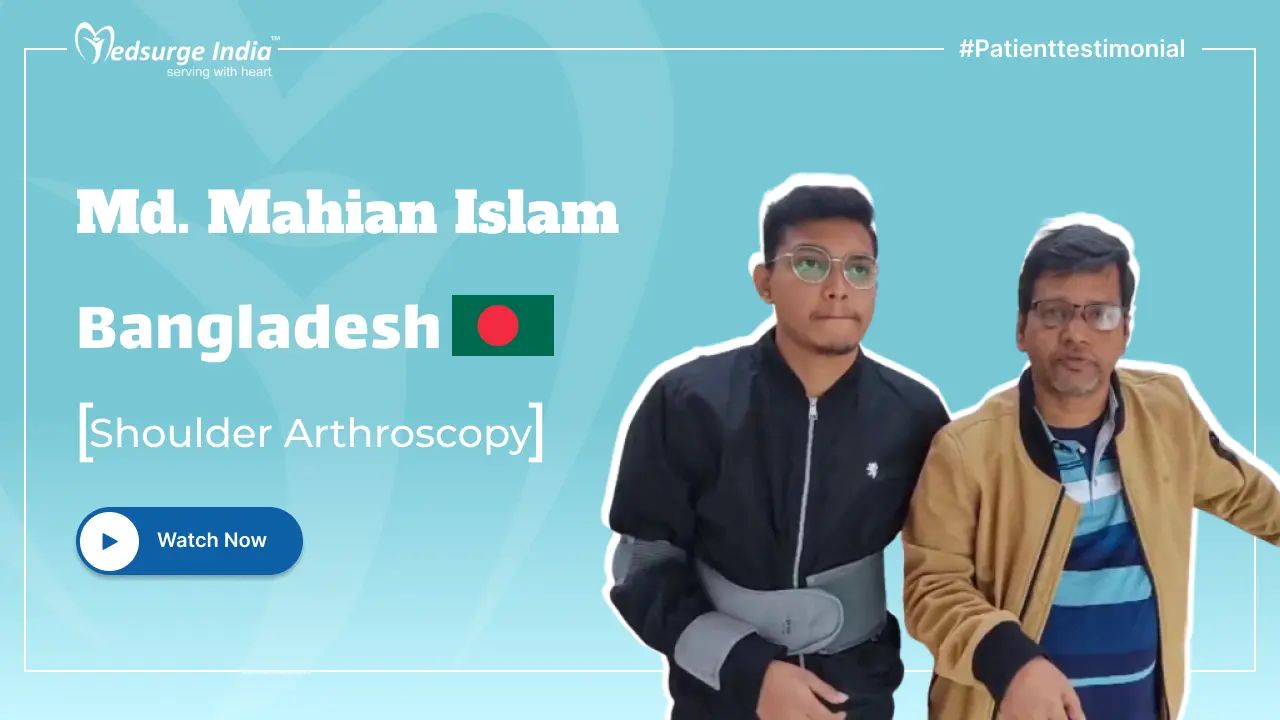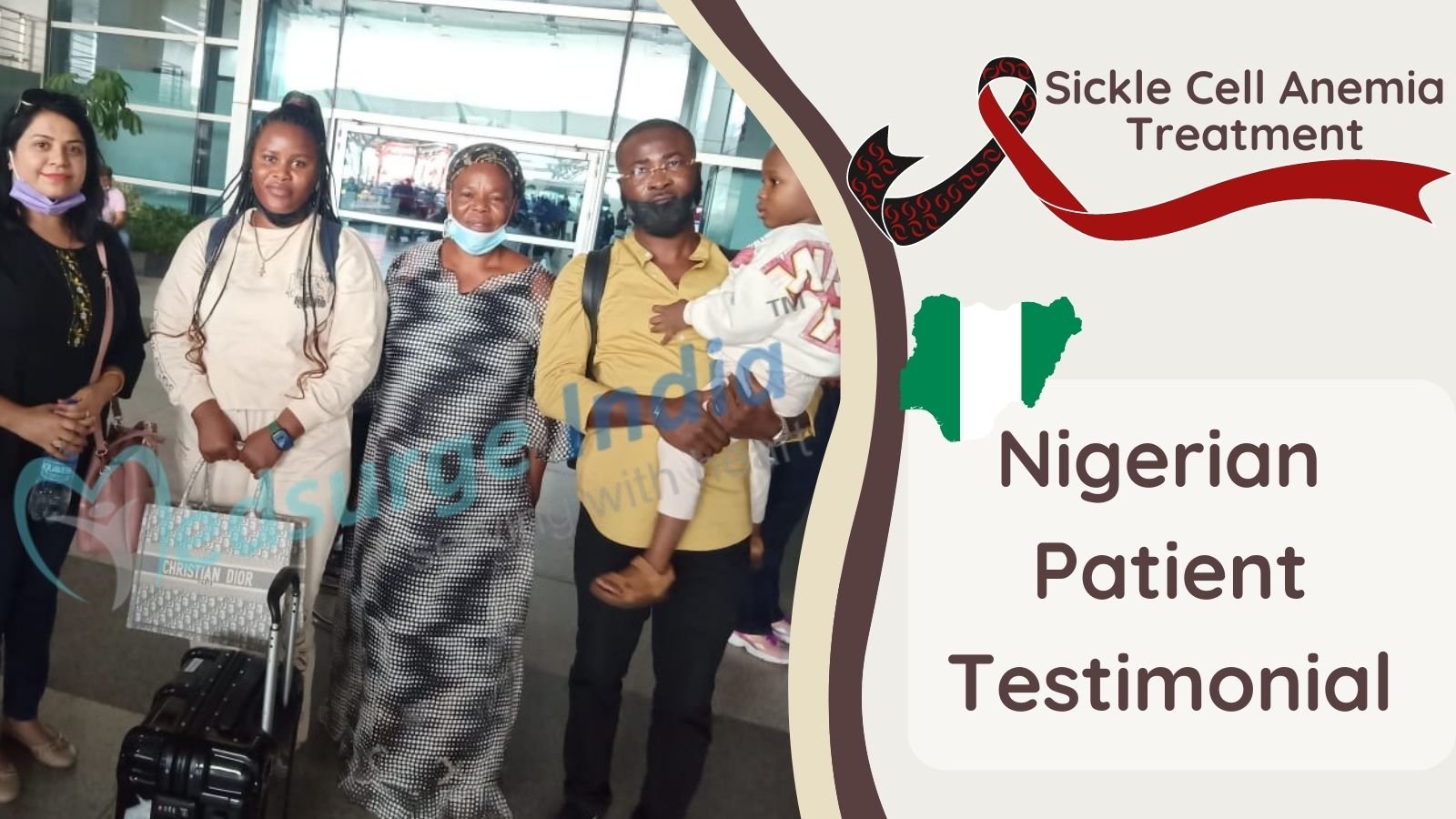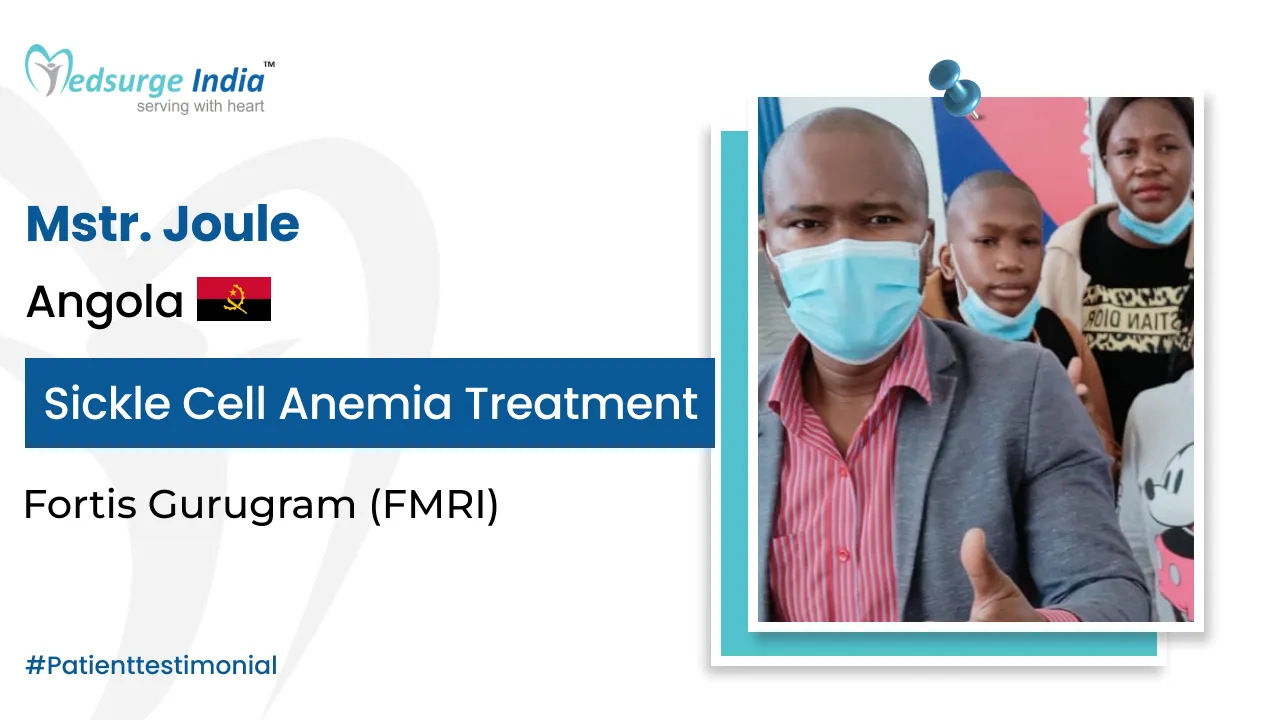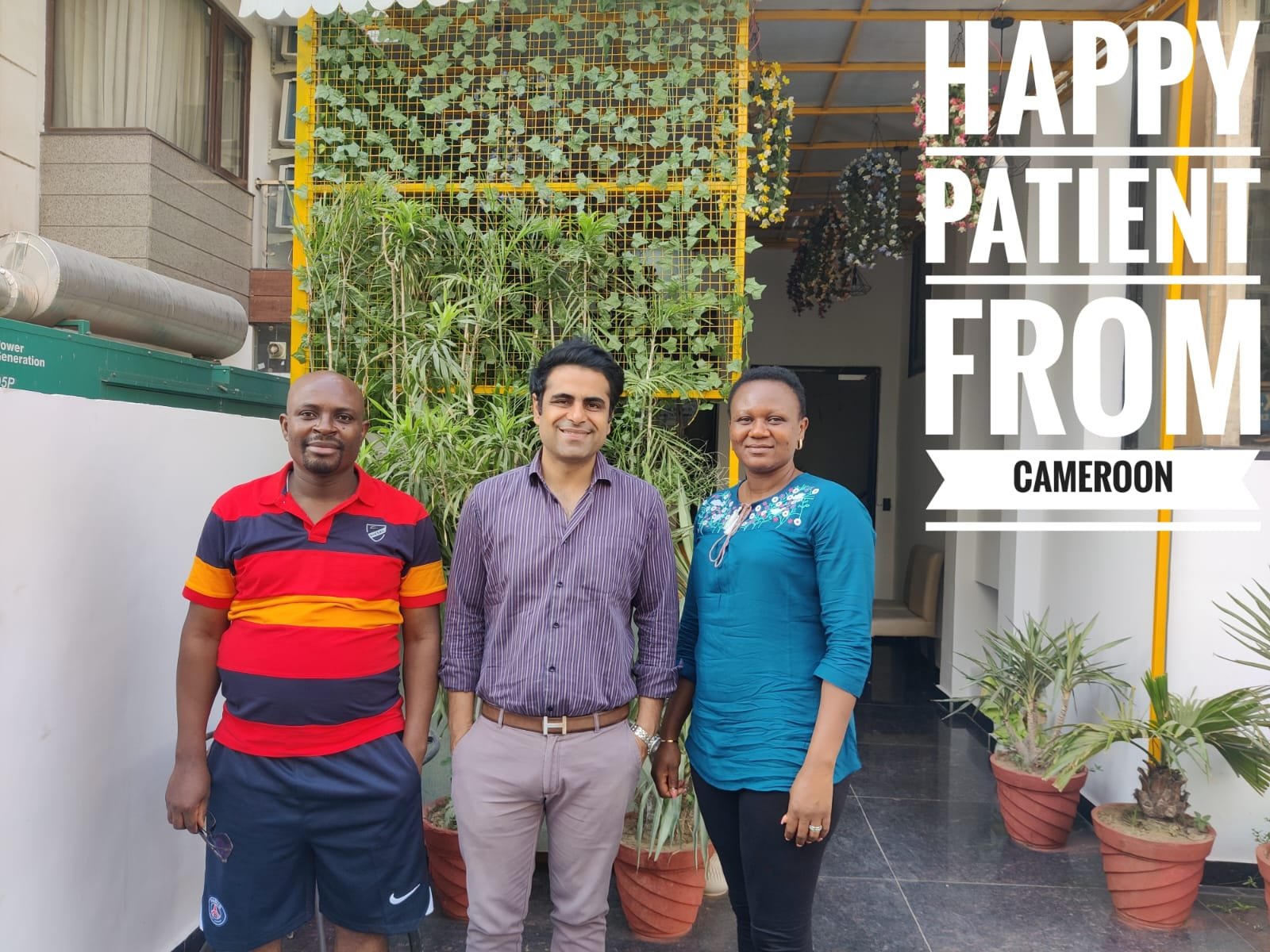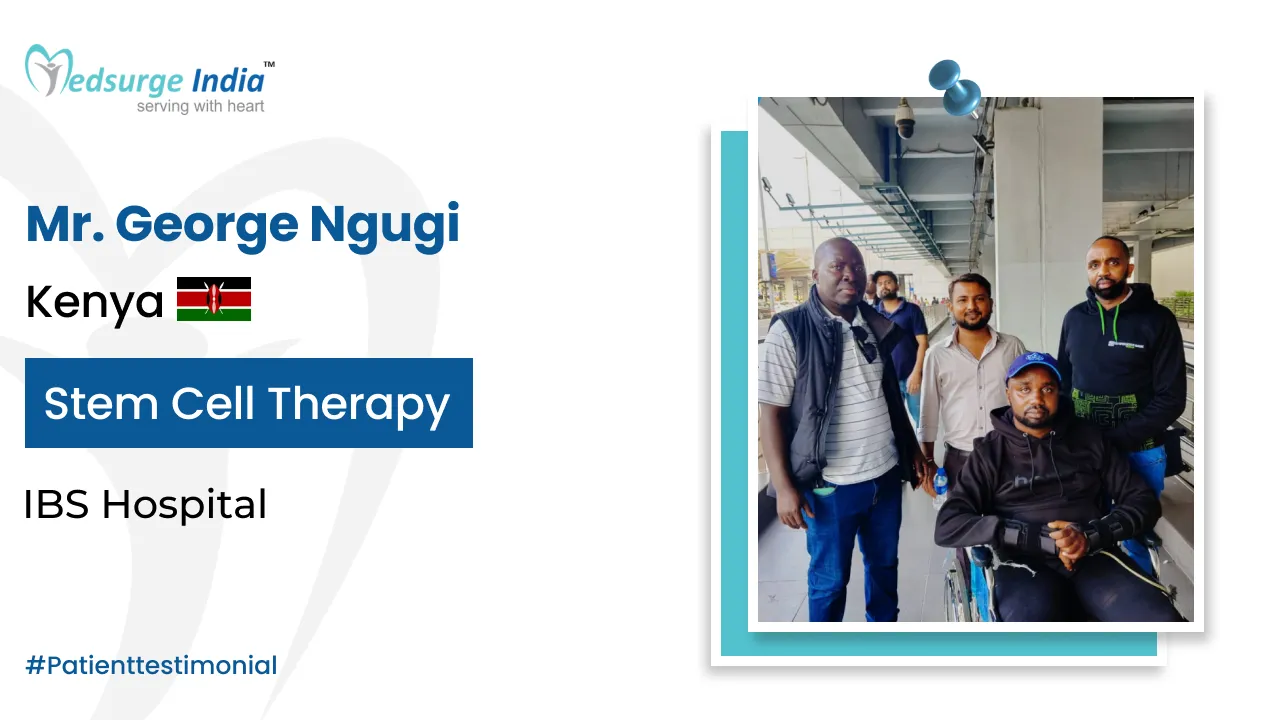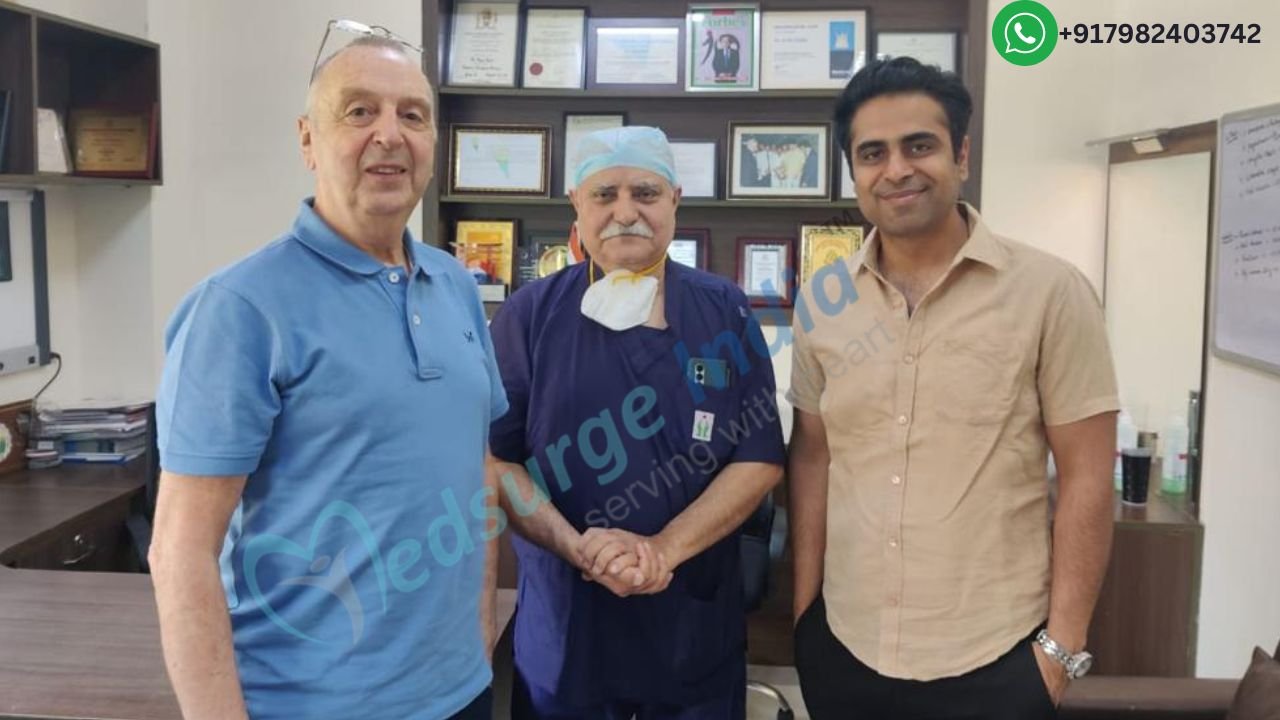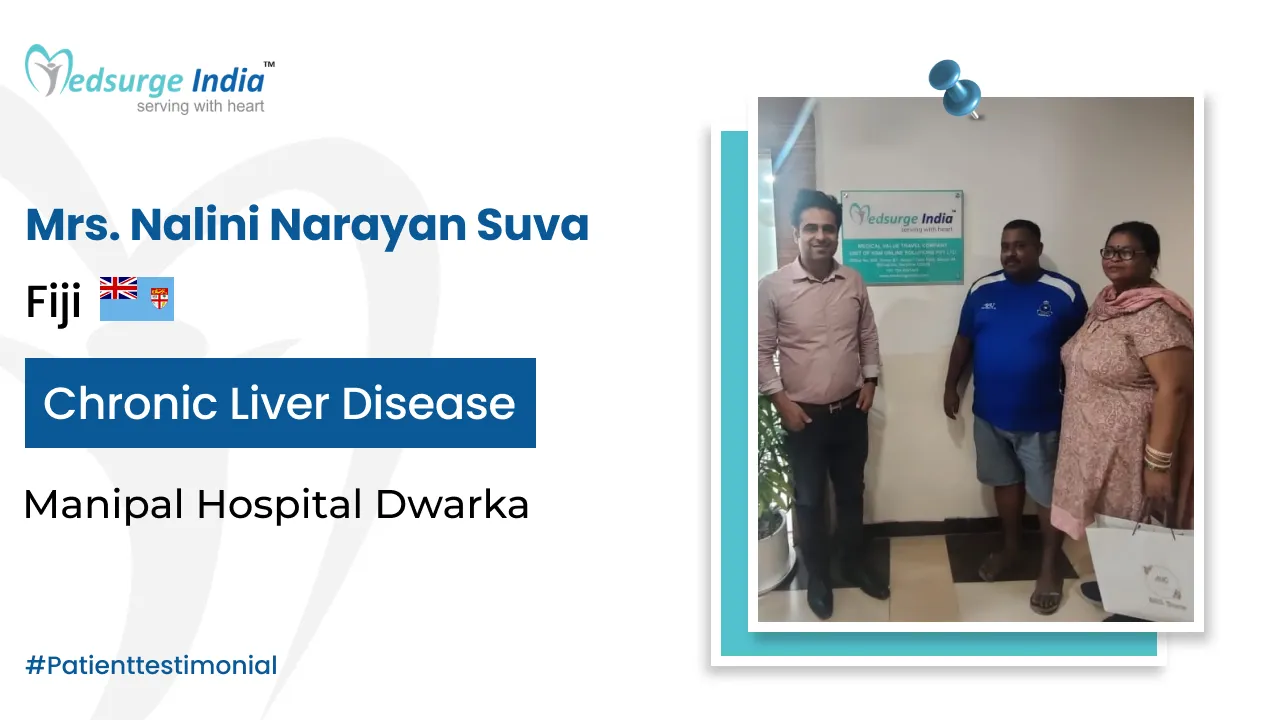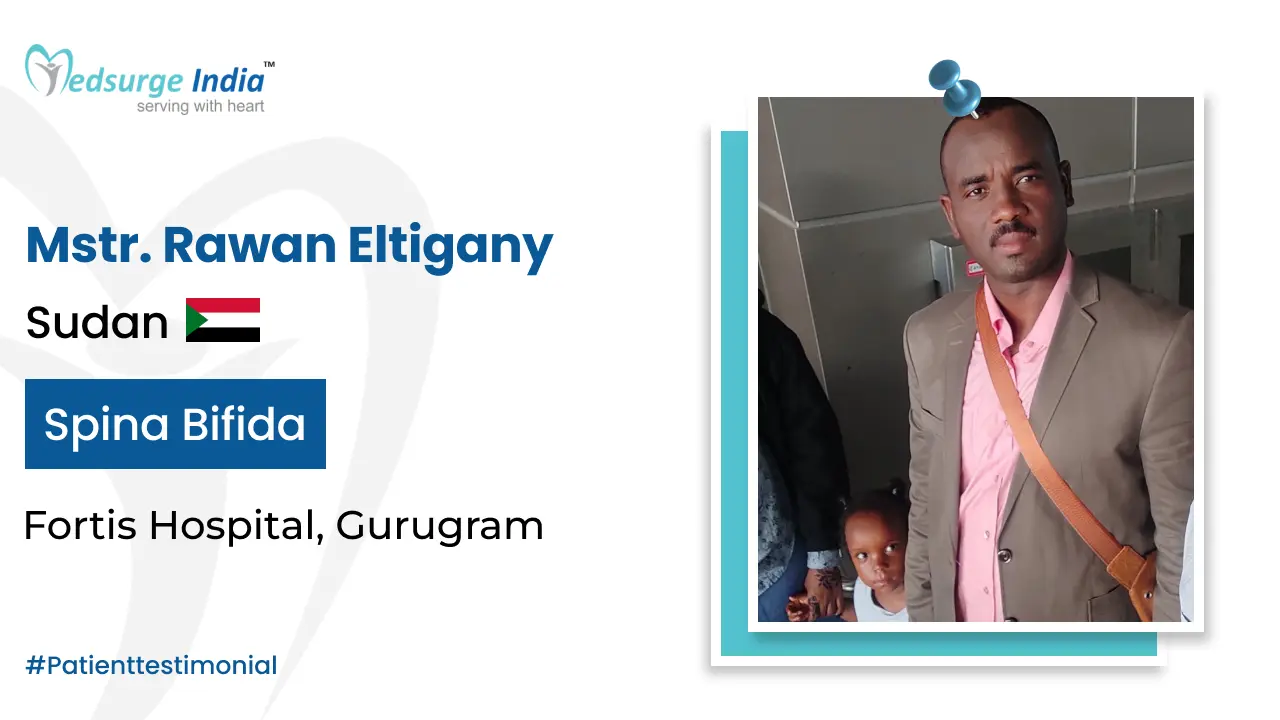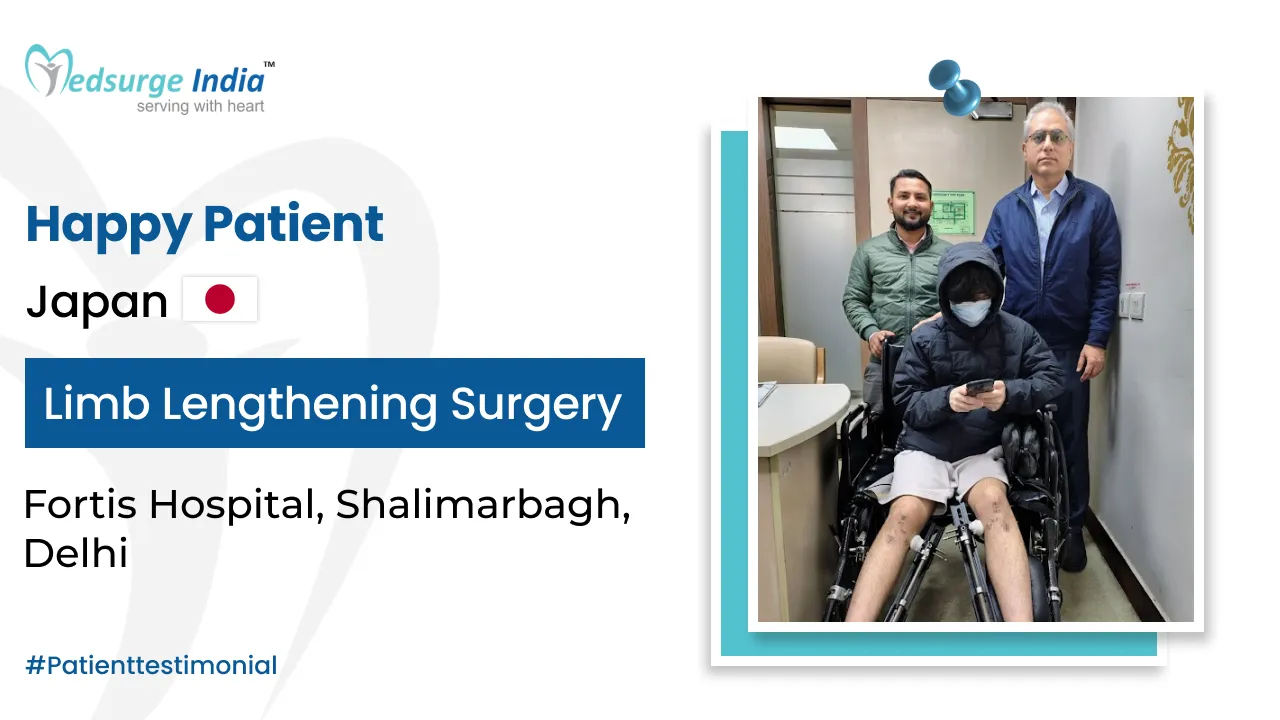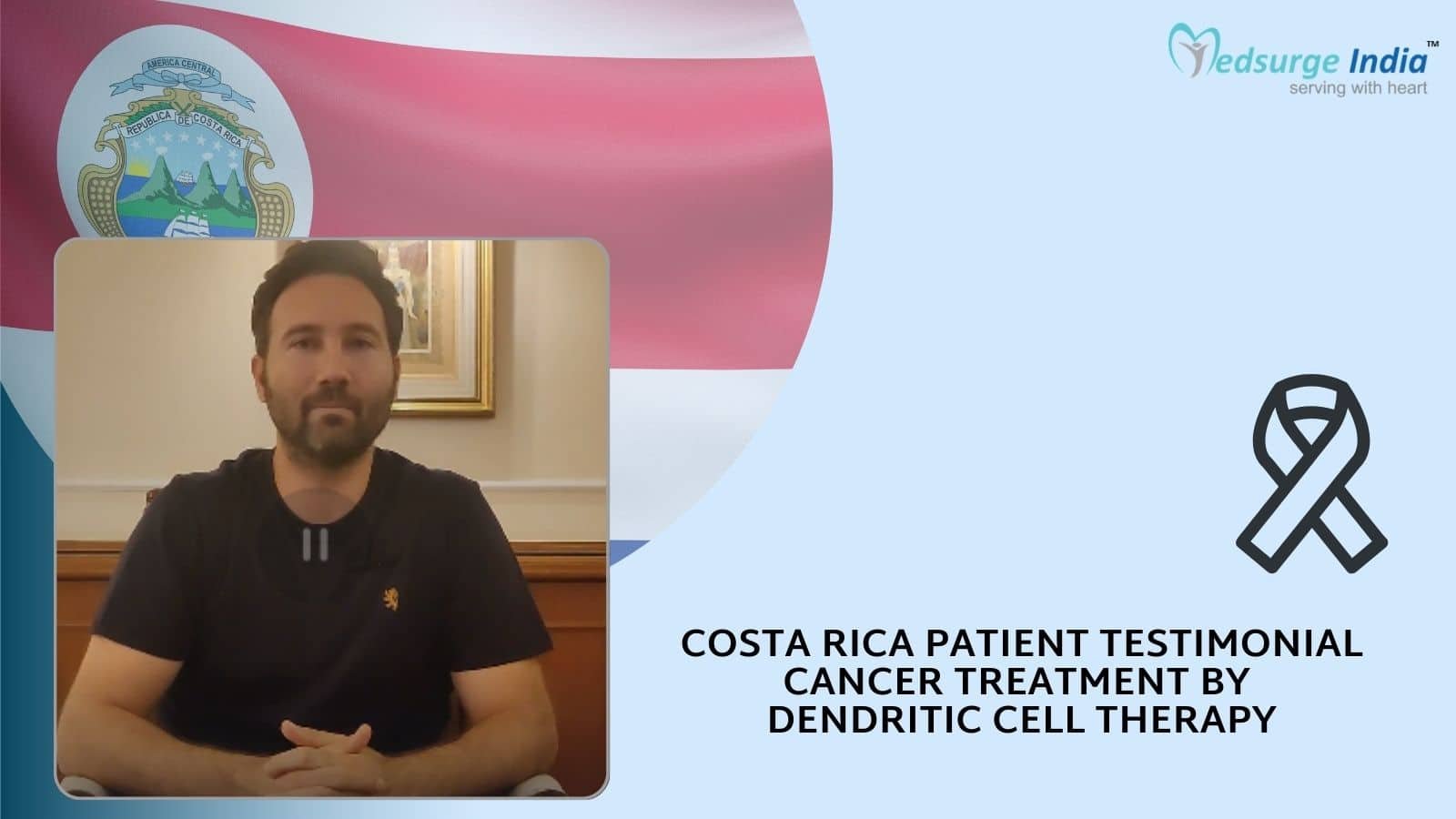
Ewing sarcoma is a rare malignancy that affects the bones or the soft tissue that surrounds them. It is most commonly starts in the bones of the legs and pelvis, but it can start in any bone. It usually begins in the soft tissues of the chest, abdomen, limbs, or other parts of the body.
Although Ewing sarcoma cancer is more common in adolescents and teenagers, it can strike anyone at any age. Affected People now have a better prognosis thanks to significant advances in Ewing Sarcoma treatment. After treatment, lifelong monitoring is needed to keep an eye on any potential long-term side effects of the intensive chemotherapy and radiation.
Ewing sarcoma develops when the DNA of cells is altered, resulting in aberrant cells that assault healthy tissue. Ewing sarcoma affects roughly 200 children and teenagers each year, accounting for about 1% of all malignancies in children and adolescents under the age of 15, and 2% of all cancers in teenagers aged 15 to 19.
What is Ewing Sarcoma?
Ewing sarcoma, also known as Ewing tumor or Ewing’s sarcoma cancer, is a rare bone and soft tissue cancer that mostly affects adolescents and teenagers. Ewing sarcoma is caused by a change in the DNA of some cells, which results in the formation of aberrant cells that assault healthy tissue. Researchers are learning more about how Ewing’s sarcoma and cell alterations are linked. Clinical trials of new Ewing sarcoma treatments are being driven by this study. Children and teenagers with Ewing’s sarcoma may benefit from participating in these studies.
Ewing’s sarcoma is most common during puberty when a young person’s bones are quickly expanding. Ewing sarcoma affects more young males than females. Ewing sarcoma cancer is a bone and soft tissue cancer that usually starts in the pelvis, ribs, shoulder blades, and legs of your child. Your child may mention that their bones hurt or that swollen regions on their body are painful.
What Are the Symptoms of Ewing Sarcoma?
Ewing Sarcoma symptoms vary depending on the cancer’s location and size. The following are some of the signs and symptoms of Ewing’s Sarcoma:
- Around the tumor region, there may be pain, swelling, or stiffness (hand, arm, chest, back, or pelvis)
- Warm and smooth to the touch lump near the skin
- Limping
- Weight loss that is not explained
- Bone discomfort that worsens at night or when you exercise
- Easy Fracture
- Fatigue
- High Fever
- If the cancer is close to the spinal cord, it can cause paralysis.
- Numbness
- Breathing problems if it is on the chest wall
What Are the Causes of Ewing’s Sarcoma?
Ewing sarcoma is thought to be caused by a change in the DNA of specific cells. The DNA of cells instructs them on what to do. In the instance of Ewing sarcoma, the DNA of healthy cells instructs them to disregard prior instructions that would have caused the cell to die. The healthy cells grow and become a mass of aberrant cells as a result of their new instructions. Ewing sarcoma is caused by aberrant cells attacking healthy tissue.
Though the causes of Ewing’s Sarcoma are unknown, the following are some possible risk factors:
- Rearrangement of the chromosome that affects the genes
- A fracture is a break in the bone that occurs as a result of an injury or
- Radiation exposure at a high level
- Any other type of congenital defect
Ewing Sarcoma Treatment Cost in India
The cost of Ewing Sarcoma Treatment in India ranges from 2200 USD to 8000 USD. This price typically includes necessary preoperative tests, and the treatment itself. However, please note that accommodation and transfers are not included in this cost.
Type of Procedures For Ewing Sarcoma Treatment in India
| Procedure | Starting Price |
| Surgery | USD 3500 |
| Chemotherapy | USD 1800 |
| Radiation therapy | USD 3100 |
Cost of Ewing Sarcoma Treatment in Different Cities in India
| Cities | Starting Price |
| Delhi | USD 2200 |
| Gurgaon | USD 2300 |
| Noida | USD 2200 |
| Mumbai | USD 2400 |
| Hyderabad | USD 2200 |
| Chennai | USD 2300 |
| Kolkata | USD 2500 |
| Bangalore | USD 2600 |
Note: Keep in mind that the aforementioned cost provided is solely for the treatment. The overall cost of the treatment will be determined based on several factors.
Factors That Can Affect Ewing Sarcoma Treatment Cost in India
Various factors can affect the cost of Ewing Sarcoma treatment in India. Your budget is greatly impacted by numerous elements that fail under pre and post-treatment costs. Below are the various factors that can affect the cost of Ewing Sarcoma treatment in India.
- Medication costs: Certain medicines can influence the overall cost of Ewing Sarcoma treatment.
- Patient Condition: The complexity of the cancer along with the patient’s overall health can affect the duration of treatment, impacting the cost.
- Duration of treatment: Longer treatment courses involving multiple visits can lead to higher cumulative costs.
- Geographical location: Cost can vary widely depending on the region in India.
- Hospitalization expenses: The length of hospital stay and the level of nursing care required by the patient can add to the treatment expenses.
- Government policies and subsidies: Government healthcare schemes and subsidies can reduce out-of-pocket expenses for patients, affecting the affordability of Ewing Sarcoma treatment.
- Medical tourism packages: Curated packages for international patients can include various services at a bundled cost, influencing the overall expense of treatment in India.
- Hospital reputation and infrastructure: Prestigious hospitals with state-of-the-art facilities may charge more for their services.
- The expertise and experience of medical professionals: Orthopedic surgeons and oncologists with extensive experience and recognition often command higher fees, contributing to the treatment cost.
- The type and frequency of diagnostic procedures: Regular monitoring with advanced imaging and laboratory tests can increase treatment costs due to the high price of these diagnostic methods.
- The choice of treatment modality: Opting for newer or more advanced treatment options or precision medicine can be more expensive than traditional approaches.
Ewing Sarcoma Treatment Cost in India offers exceptional medical services and facilities to patients who come for treatment in India also their facilities rival those of well-known healthcare centers worldwide. Accommodation, meals, and transportation expenses are also covered.
We at, Medsurge India ensure that patients will receive the most affordable Ewing sarcoma Treatment Cost in India and with the expertise of highly qualified doctors. Furthermore, a foreign patient can save up to 30-40% of the cost in India when compared to their native countries.
How the Diagnosis of Ewing’s Sarcoma Is Done?
It’s crucial to determine whether cancer has spread to other places of the body before starting treatment. Ewing sarcoma is detected, diagnosed, and staged using a combination of tests and procedures.
To diagnose Ewing sarcoma, the following tests and procedures may be used:
- Physical Examination and Family History
- MRI Scan
- CT Scan and PET Scan
- Bone Scan
- Bone Marrow Aspiration and Biopsy
- X-Rays
- Complete Blood Counts
If cancer has spread to surrounding lymph nodes, one or more lymph nodes may be removed and examined for cancer symptoms. For Cancer Treatment in India following tests will be suggested for diagnosis and detection of the stages of cancer:
- Cytogenetic Analysis
- Immunohistochemistry
- Flow Cytometry
Get Free Cost Estimation
Procedure
What Are the Treatment Options for Ewing’s Sarcoma?
Treatment for Ewing sarcoma differs depending on the type of malignancy. However, before starting treatment, you should think about getting psychological help for your child, yourself, and other family members. A diagnosis of Ewing sarcoma might make you and/or your child apprehensive, frightened, and afraid. Counseling or support from a support group might assist your family in feeling more prepared for therapy.
On the basis of the cancer stage, a doctor would choose Ewing’s Sarcoma treatment. The following are some of Ewing’s Sarcoma therapy options:
- Chemotherapy: It is the process of using anti-cancer medications to kill cancer cells. These medications are either intravenously or orally as pills. They work throughout the body once they enter the bloodstream, making this treatment effective for malignancies that are likely to spread.
- Surgery: The goal of surgery is to remove a malignant tumor from the body without causing too much damage. A surgery to eradicate cancer cells and reconstruct the afflicted bones may be performed. The doctor may recommend a bone transplant or prosthesis depending on the location of cancer.
- Radiation Therapy: Radiation therapy uses high-energy X-rays to kill cancer cells by stopping them from growing and spreading. If cancer cells have already moved to distant organs in the body, radiation therapy is usually ineffective. Furthermore, whereas external radiation involves using a machine to send high-energy rays (or beams), internal radiation involves placing an implant inside the body to heal.
Conclusion
The prognosis, or projected result, of your child, is determined by a number of factors. Currently, 75% of children under the age of 15 who were treated for Ewing sarcoma are still living five years later, while 68% of teenagers aged 15 to 19 are still alive five years later.
Your child will have a set schedule of follow-up appointments so that their doctor can monitor their progress and look for long-term adverse effects. Chemotherapy and radiation have long-term negative effects in some youngsters. Long-term adverse effects, which can be physical or mental, can appear months or years after therapy is completed.
One of the most difficult elements of caring for a child with Ewing sarcoma is managing therapy side effects. The majority of cancer treatments involve a variety of adverse effects. Consult your child’s doctor about any possible adverse effects. Inquire about what they plan to do to alleviate side effects and how you might assist.
Your child may experience emotional side effects as a result of cancer therapy. According to studies, children, particularly teens, have a difficult time dealing with the physical side effects of cancer therapy, such as weight gain, hair loss, and surgical scars. Consult your provider about services available to assist your child in working through their emotions.
The Most Important Frequently Asked Questions
Q: How Long Is the Treatment for Ewing Sarcoma?
A: It’s usually the first therapy, and it lasts for 6 to 12 months. Chemotherapy is frequently used to decrease tumors in preparation for surgery or radiation therapy, as well as to destroy any tumor cells that have migrated to other parts of the body.
Q: Is the Ewing Sarcoma Cancer Survival Rate?
A: For localized Ewing sarcoma, the overall five-year survival rate is 70%. Patients with metastatic disease have a 15 percent to 30% five-year survival rate. Adults with Ewing sarcoma may or may not fare as well as children with the disease.
Q: Can Ewing’s Sarcoma Come Back?
A: Recurrent Ewing’s sarcoma is defined as Ewing’s sarcoma that has not responded to treatment or has returned after an initial response to treatment. The lungs are the most prevalent location of recurrence. A longer time between the initial diagnosis and the onset of the recurring disease is linked to a better prognosis.
Q: Can Sarcoma Be Cured?
A: If the tumor is low-grade, which implies it won’t spread to other parts of the body, most persons with soft tissue sarcomas can be healed with surgery alone. Sarcomas that are more aggressive are more difficult to treat.
Q: What Kind of Doctor Removes Sarcoma?
A: An orthopedic surgeon is a doctor who specializes in bone, muscle, and joint problems (for sarcomas in the arms and legs) A surgical oncologist is a doctor who specializes in treating cancer through surgery (for sarcomas in the abdomen [belly] and retroperitoneum [the back of the abdomen])
Top Hospitals for Ewing Sarcoma Treatment in India
Top Doctors for Orthopedics
Dr. Jayant Kumar
Consultant
Experience: 15 years of experience
Indian Spinal Injuries Center, New Delhi
New Delhi, India
Dr. Ramani Narasimhan
Senior Consultant
Experience: 33 years of experience
Indraprastha Apollo Hospital New Delhi
New Delhi, India
Dr. Gurvinder Singh Sawhney
Consultant
Experience: 35 years of experience
Nanavati Super Specialty Hospital Mumbai
Mumbai, India
Dr. Anand Chavan
Consultant
Experience: 19 years of experience
Fortis Hospital, Bangalore (Bannerghatta Road)
Bangalore, India
Dr. Devender Singh
Consultant
Experience: 26 Years
IBS Institute of Brain and Spine, New Delhi
New Delhi, India
Dr. Kosygan K P
Consultant
Experience: 22 years of experience
Apollo Hospitals, Greams Road, Chennai
Chennai, India
Dr. KMK Varma
Consultant
Experience: 46 years of experience
Manipal Hospital (Old Airport Road) Bangalore
Bangalore, India
Dr. Vijay Sriram
Consultant
Experience: 28
Rainbow Children’s Hospital and BirthRight by Rainbow, Guindy
Dr. Vishwanath MS
Consultant
Experience: 29 years of experience
Manipal Hospital (Old Airport Road) Bangalore
Bangalore, India
Dr. Harish Ghoota
Director
Experience: 17 years of experience
Fortis Escorts Hospital, Faridabad
Faridabad, India
Dr. Satish Kumar T
Assistant Professor
Experience: 36 years of experience
Prashanth Multi Speciality Hospital Chennai
Chennai, India
Dr. Sudhir Seth
Director – Orthopaedics, Joint Replacement, Spine & Sports Injury
Experience: 42+ Years of experience
MASSH Super Specialty Hospital
New Delhi, India
Dr. S.Krishna Reddy
Consultant
Experience: 35 years of experience
Samtah General Hospital KSA
Hyderabad, India
Dr Leonard Ponraj
Consultant
Experience: 36 years of experience
Prashanth Multi Speciality Hospital Chennai
Chennai, India


